William Blake's Home
The townhouse where the English poet created some of his most influential work has been preserved in tribute.
“William Blake is everywhere and nowhere in England,” says Tim Heath, chair of The Blake Society, which is housed in the Georgian townhouse at 17 South Molton Street where the English poet and painter lived for nearly two decades. Here, Blake produced some of his most influential work, including “Jerusalem The Emanation of the Giant Albion,” and his epic “Milton: A Poem.”
William Blake is well known today as one of England’s most prolific and talented artists. But during his lifetime, he lived in near poverty with his wife Catherine. He lived in London for most of his life, and at the South Molton townhouse between 1803 and 1821. William and Catherine’s apartment was on the floor above the ground level, which during their tenancy was occupied by a vendor of whalebone corsets. This is the only one of Blake’s residences that have survived.
The Blake Society (which counts Alan Moore, Neil Gaiman, and Philip Pullman as members) purchased the writer’s residence and established it a proper tribute to the space. The soot on the facade of the building has even been preserved, and brings to mind Blake’s tragic poem “The Chimney Sweeper” from The Songs of Innocence. As Heath explains, however, while Blake famously condemned the prevalence of child labor in London, he also had to employ sweeps to keep his home and workshop clean.
Blake’s work studio was set up in the street-facing rooms that received the best light. He used the same rolling copper plate press throughout his life and invented a process called “illuminated printing” which he used to self-publish his original works. After completing the 100 etched copper plates from which he’d produce his own print runs of Jerusalem, Blake was sure that the greatness of the work, and the fact that he controlled the entire production and retail process, meant he and Catherine would be released from their meager lifestyle to enjoy the fruits of success.
In the end, Jerusalem didn’t sell a single copy in the couple’s lifetime. Blake worked on his illustrations for Dante’s Inferno until his dying day in 1827. He and Catherine were penniless by then, but a fellow artist gave her the money for his funeral. She was supported by the small community of her husband’s contemporary admirers until her death in 1831.
Today, the Blake Society’s office is on the top floor of the townhouse where the walls are covered with handwritten quotes from Blake and others. The effect is striking, and the spirit of the visionary’s imagination still inhabits the modest building.
Know Before You Go
Nearest underground: Bond St.




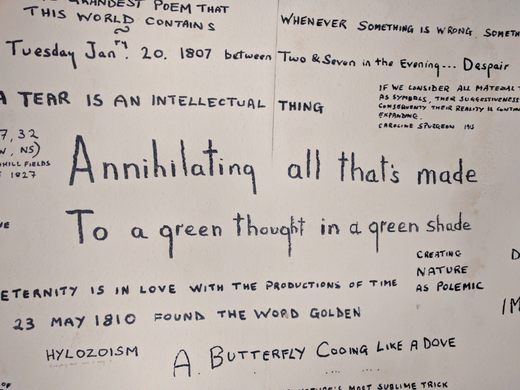




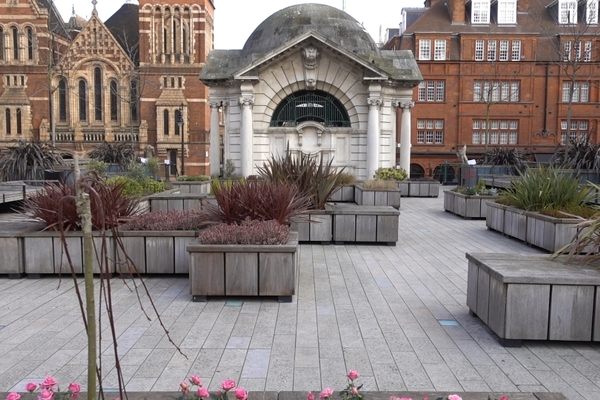

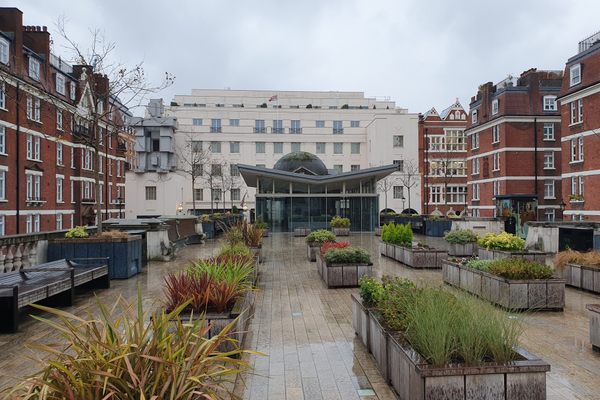
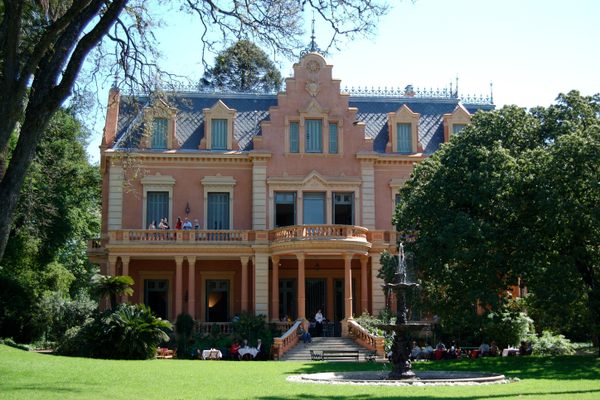
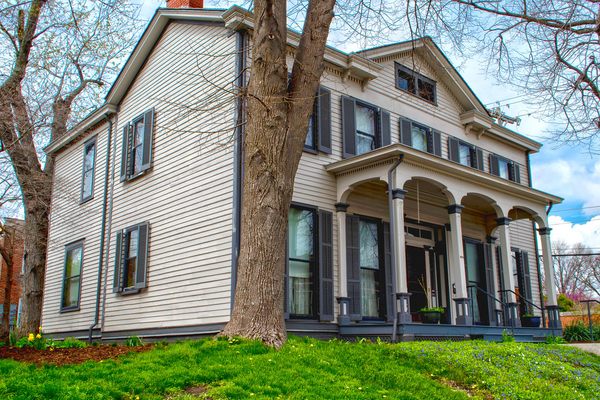


Follow us on Twitter to get the latest on the world's hidden wonders.
Like us on Facebook to get the latest on the world's hidden wonders.
Follow us on Twitter Like us on Facebook